Historical Portrait of Omayyad Caliph Muhammad of Crdoba

Image Prompt
Prompt
An Edmund Blair Leighton portrait of the omayyad caliph Muhammad of Córdoba
Model: realistic
Ratio: 1:1
Related AI Images
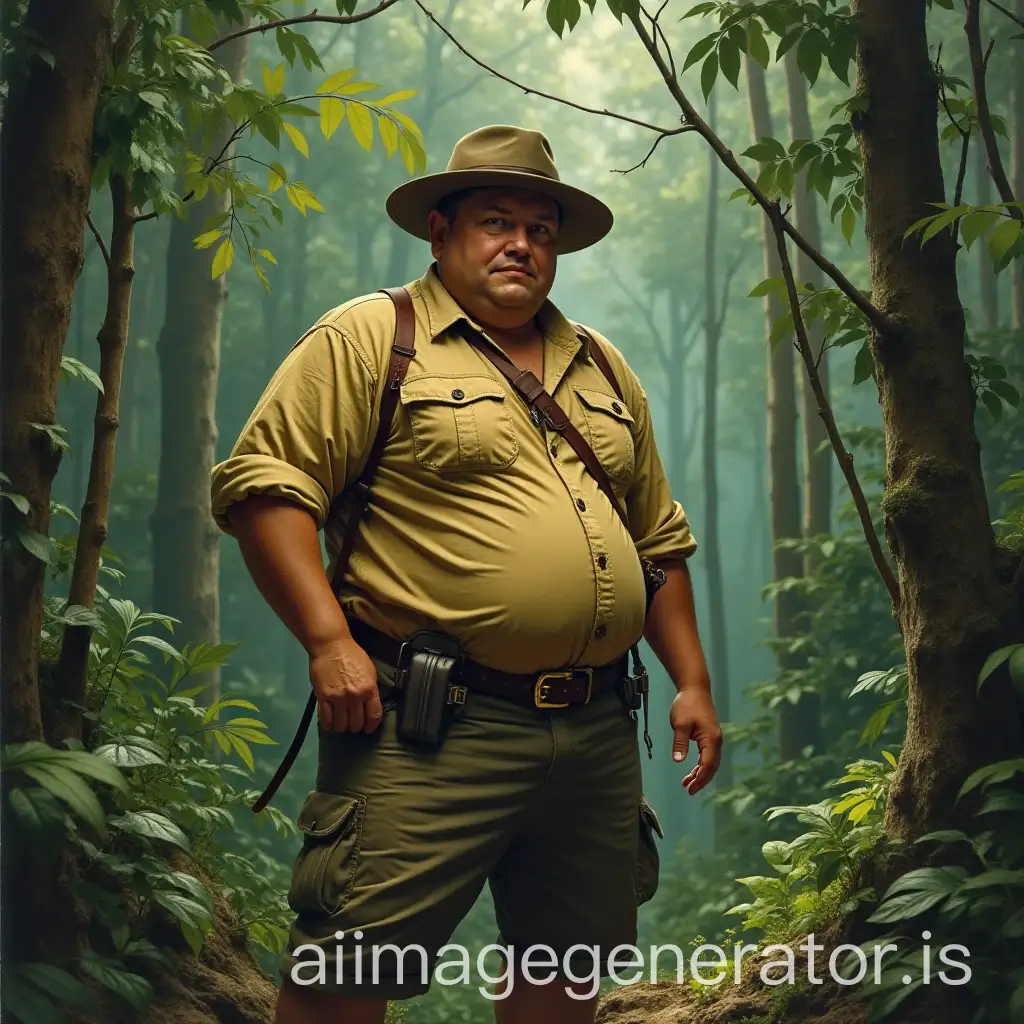
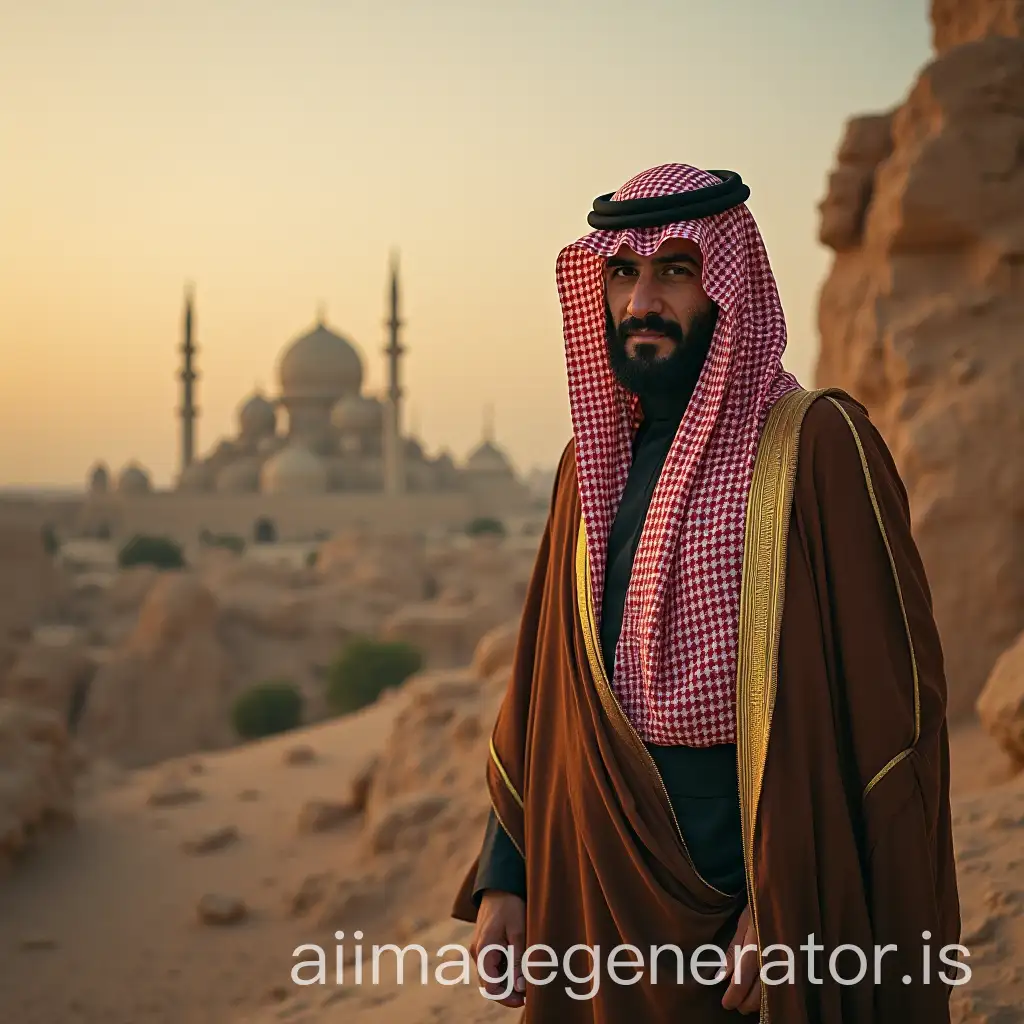

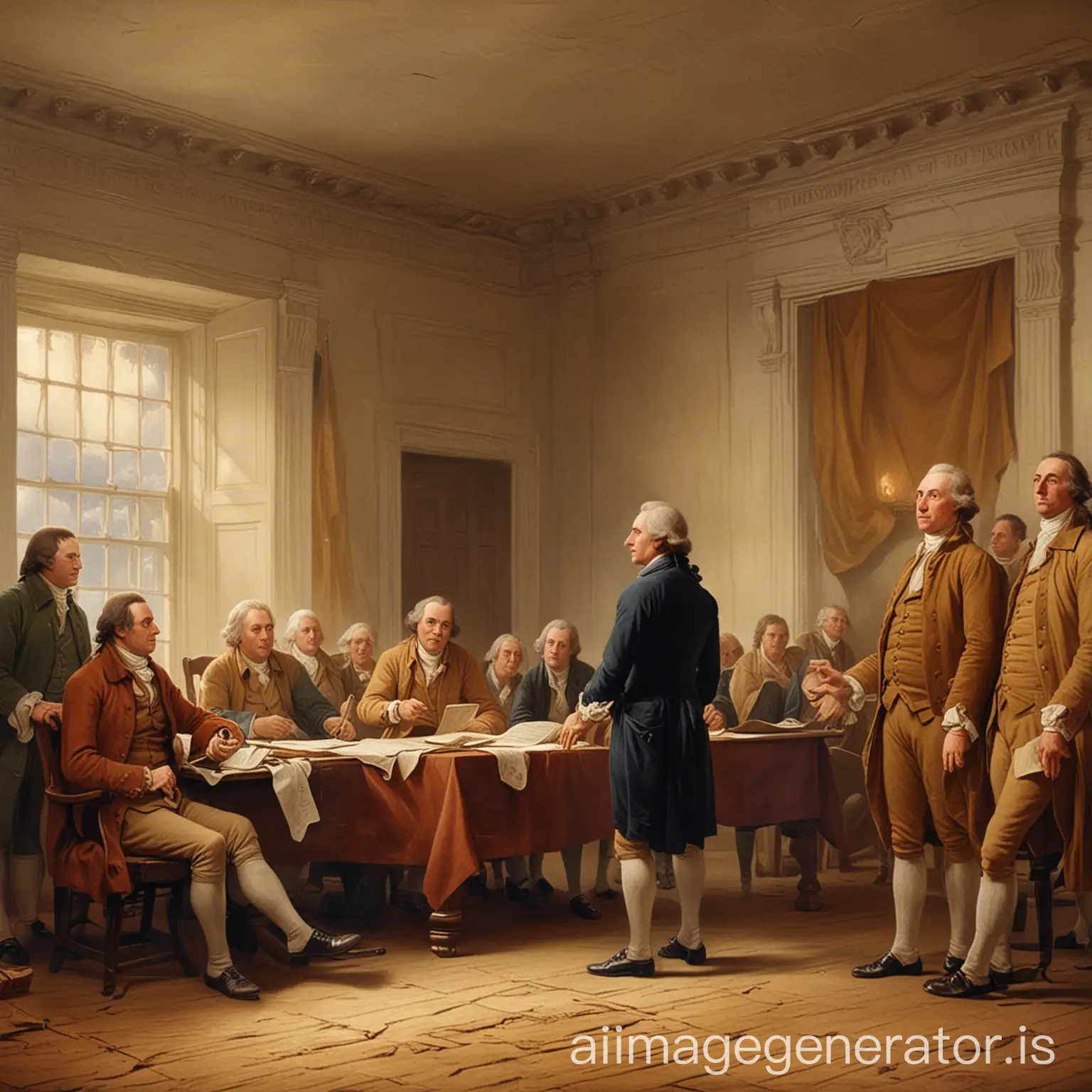
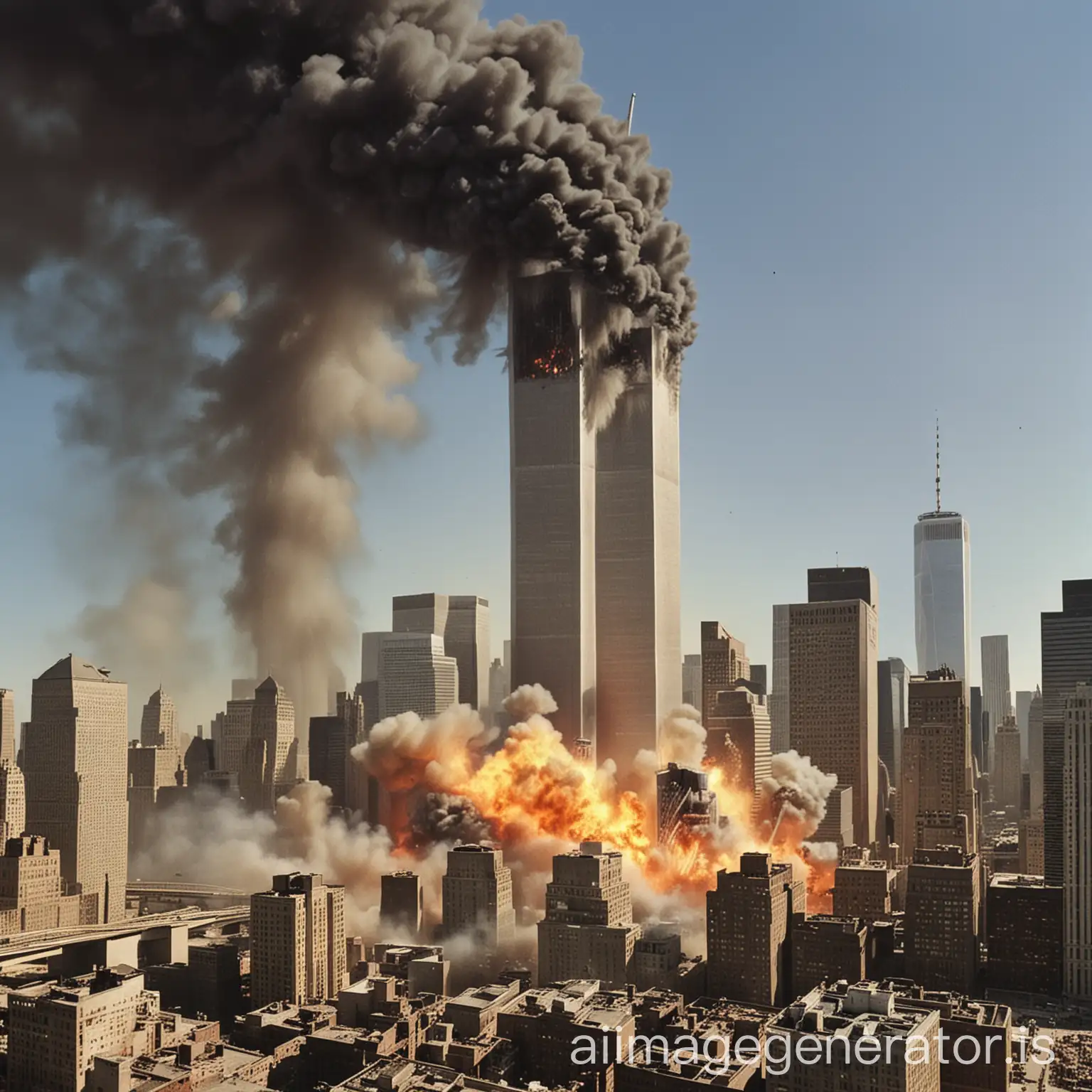

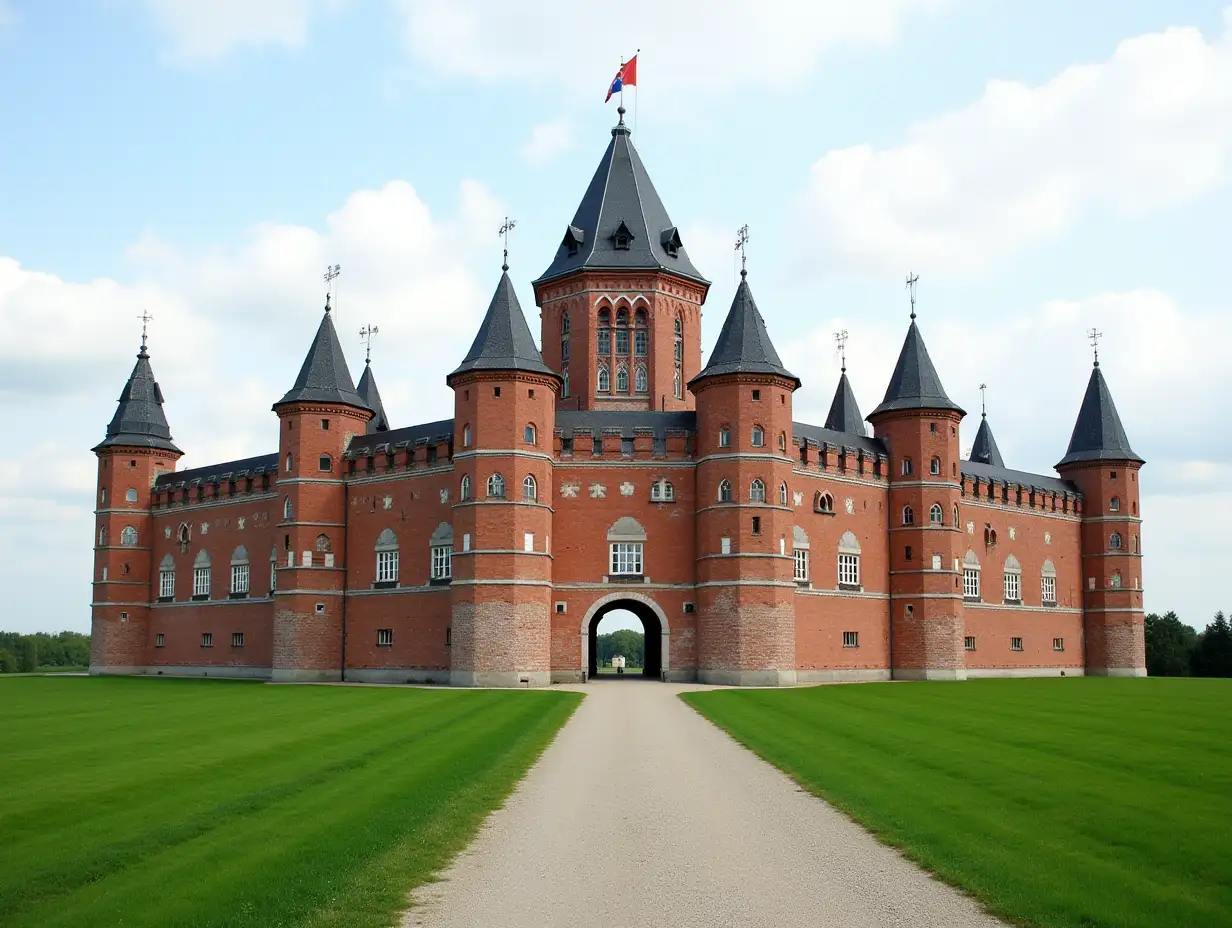

Related Tags
Prompt Analyze
- Subject: The subject of the image is a historical portrait, depicting Omayyad Caliph Muhammad of Córdoba. This indicates a focus on historical figures and cultural significance, potentially appealing to history enthusiasts or those interested in Islamic history. The portrayal of a caliph suggests a regal and authoritative presence, likely depicted in a dignified manner. Setting: The setting of the portrait could be a palace or a grand hall, indicating the importance and status of the subject. The background might feature intricate architectural details characteristic of Islamic art, providing cultural context and enriching the visual narrative. Style/Coloring: The style of the portrait may reflect the aesthetics of the time period, possibly featuring detailed brushwork and rich colors. Traditional clothing worn by the caliph could be depicted with vibrant hues and intricate patterns, adding visual interest and historical accuracy. Action or Items: The caliph may be shown in a seated or standing pose, exuding authority and confidence. He might be holding symbolic items such as a sword, a Qur'an, or wearing traditional regal attire, conveying his status and leadership role. Costume or Appearance: The caliph's attire may consist of luxurious fabrics and intricate designs, reflecting his wealth and status. His appearance might include facial features characteristic of the region and time period, further enhancing the historical accuracy of the portrait. Accessories: The accessories in the portrait could include items like jewelry, crowns, or ceremonial objects, emphasizing the caliph's royal status and adding visual embellishments to the composition.